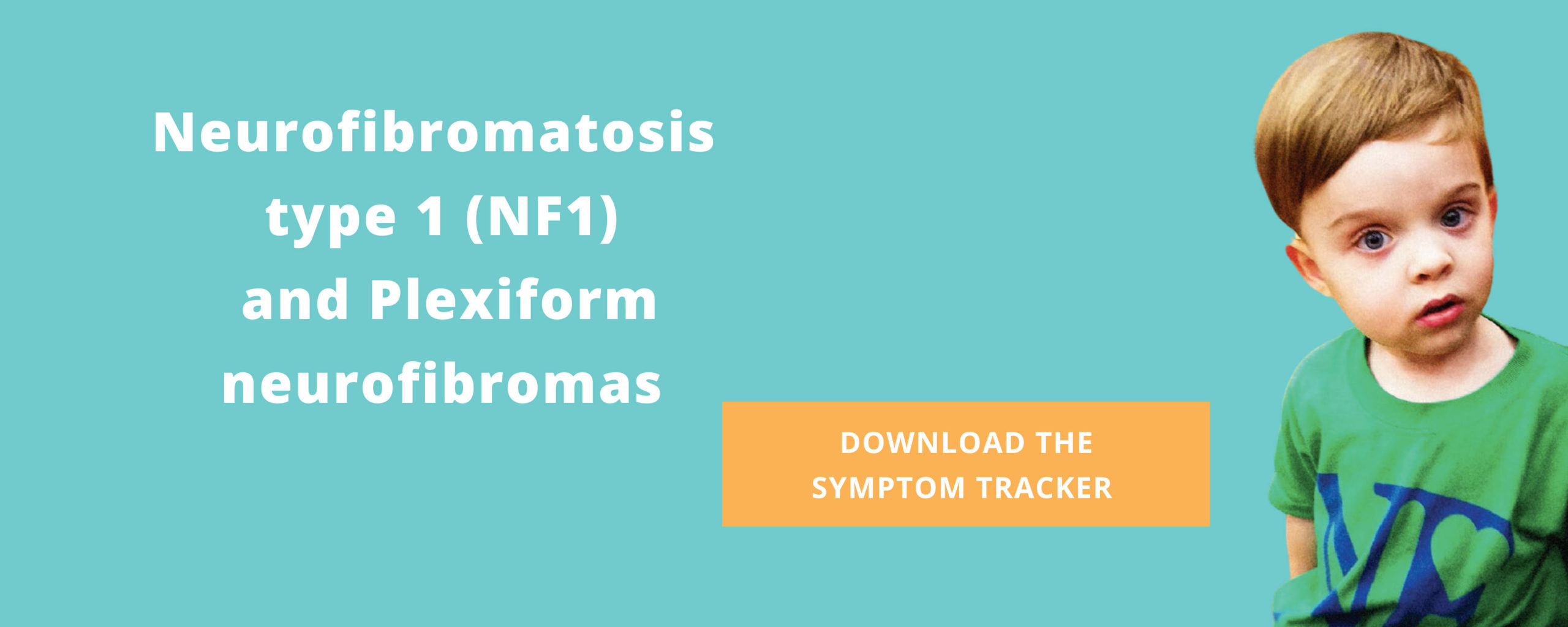Living with NF1 and PNs
Plexiform neurofibromas, or PNs, are prevalent occurrences affecting approximately 30–50% of individuals with NF1. PNs are abnormal growths of cells along nerves, and can occur anywhere in the body. While typically noncancerous (benign), they may induce a variety of symptoms. In rare instances, PNs may progress into a malignant (cancerous) condition.
Detecting PNs in children with NF1 can be challenging as they might be situated deeply within the body, rendering them invisible. Alternatively, they could be identified by associated changes in skin pigmentation or by the presence of a raised area under the skin's surface.
PNs can quickly grow to larger sizes and may cause other symptoms, including:
- Visible changes to the overlying skin such as thickened, orange-peel-like areas, dis-coloration, or associated hairy patches
- Pain
- Numbness
- Muscle weakness
- Reduced vision
- Bladder control issues
- Bowel issues, including severe constipation
- Limited movement because of the pain and other symptoms, which may also restrict hobbies and interests
Symptom Tracker
Keeping a close watch on your child’s symptoms is crucial for early detection and while being treated for plexiform neurofibromas (PNs).
Monitor your child’s symptoms by completing this checklist on a regular basis. We invite you to download it and bring it with you to your child’s next appointment so you can let their doctor know about any changes in their symptoms. Include notes about the severity and impact of your child’s NF1 PN symptoms over time. Remember, every child will experience something different.
How is NF1 PN treated?
Currently there is no cure for NF1 PN, but the condition can be managed. Treatment involves regular monitoring and managing any problems as they occur and may include surgery or medication.
Source: Alexion’s LivingwithNF1pn.ca

